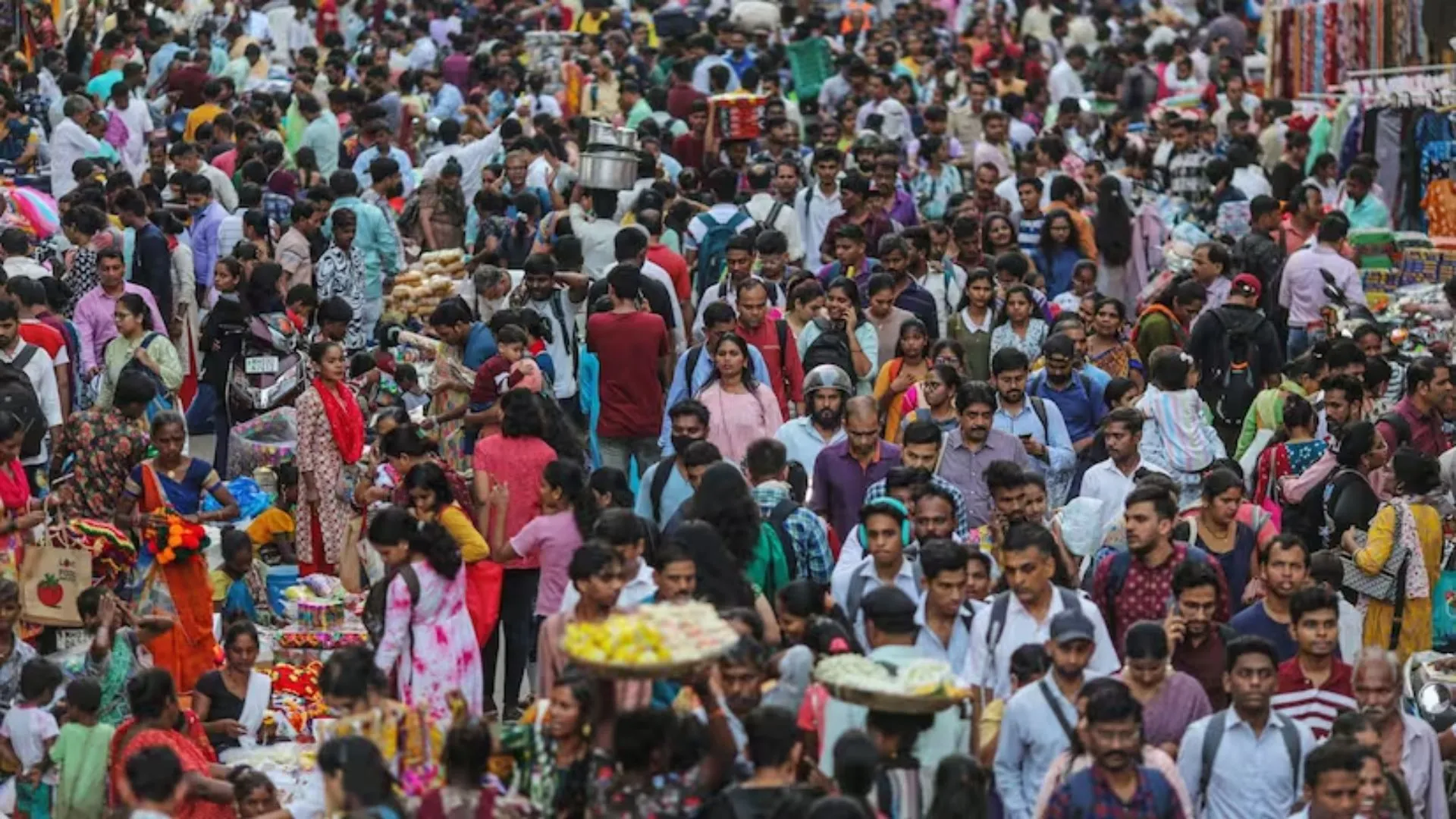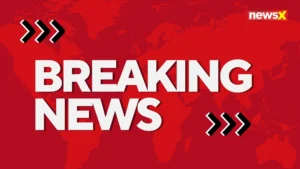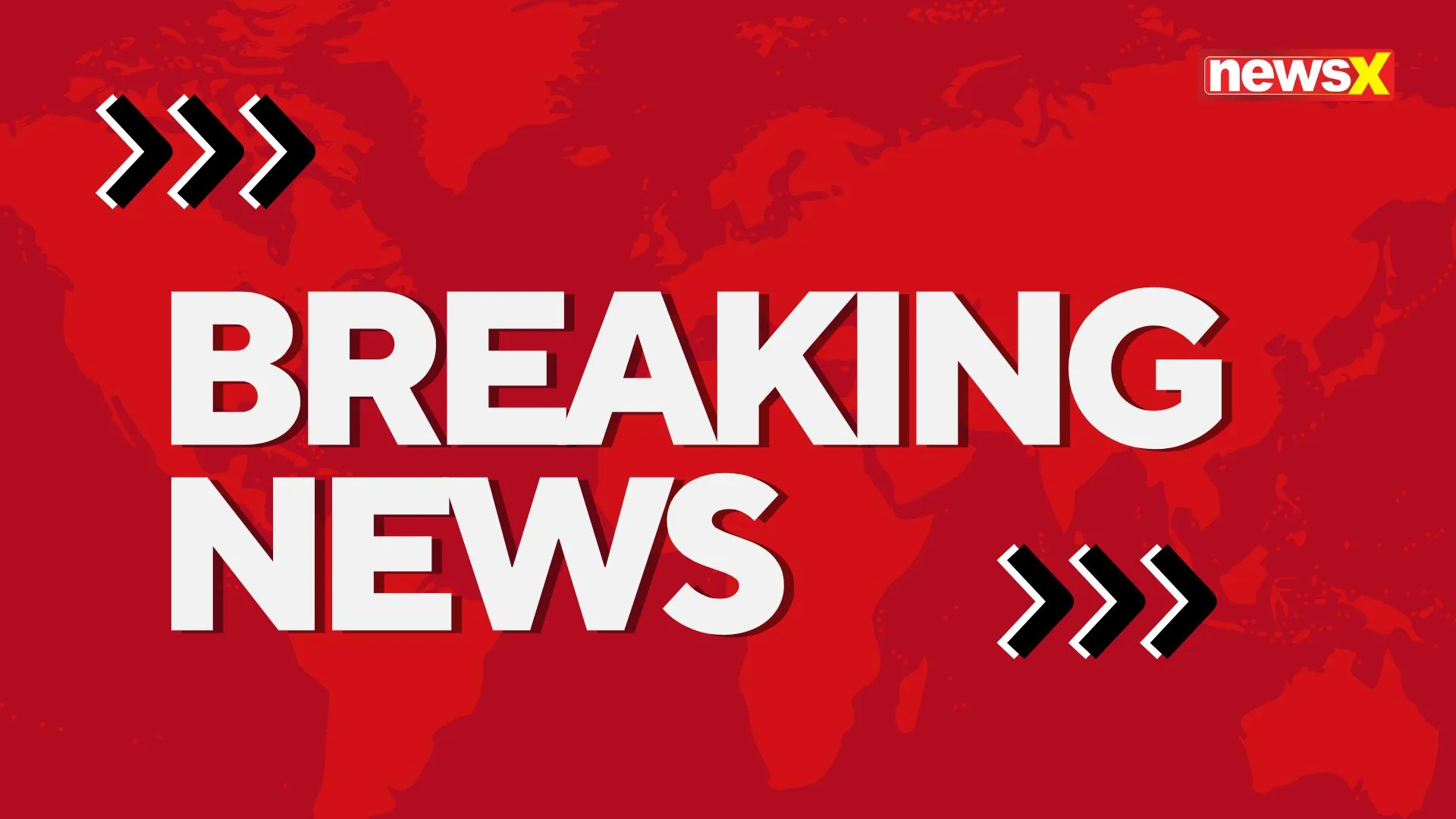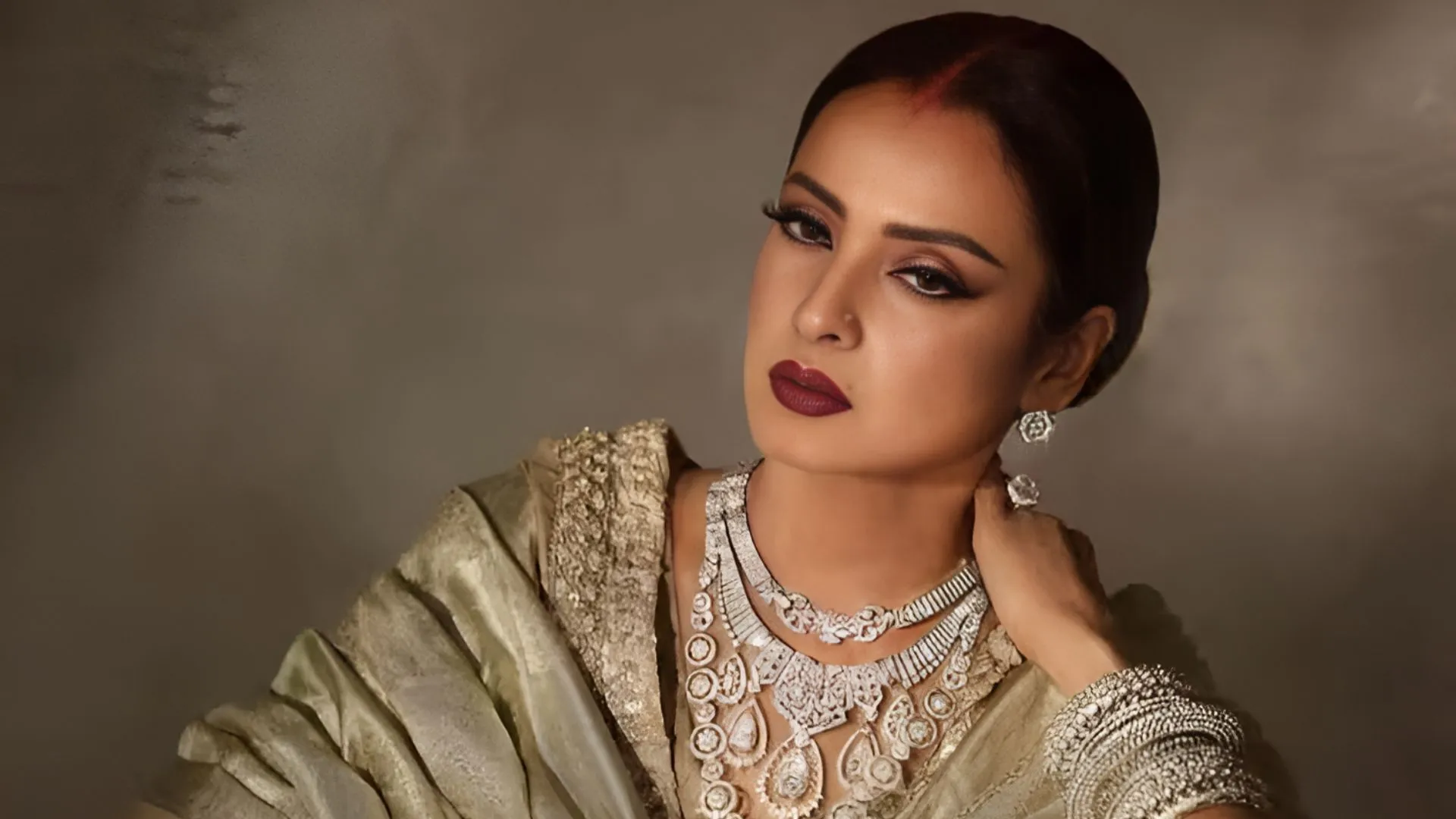In a landmark political move, the Indian government has announced that the next national Census will include caste data, marking a significant shift in its population mapping strategy.
Push for Caste Data Gains Momentum
Union Minister Ashwini Vaishnaw confirmed that the Cabinet Committee on Political Affairs had cleared the decision to include caste enumeration in the Census. This aligns with persistent demands from the Opposition, particularly the Congress, which has long advocated for a nationwide caste survey.
States like Bihar and Karnataka have already taken the initiative with their own caste-based surveys. Last year, even the Rashtriya Swayamsevak Sangh (RSS) signaled its support for such an effort—though it cautioned against using the data for political gain.
Despite this growing chorus, the BJP-led government had until now stayed officially non-committal. It had neither endorsed nor rejected the call for a caste Census.
Back in 2011, the Congress-led UPA government carried out the Socio-Economic and Caste Census (SECC), but the caste-specific data from that exercise was never made public.
Looking Back: The 1931 Caste Census
The last time India officially counted castes in a national Census was in 1931, under British colonial rule. That enumeration placed Other Backward Classes (OBCs) at 52% of the then 271 million population—a figure that later informed the Mandal Commission’s recommendation for 27% OBC reservation in education and jobs, implemented in 1990.
J H Hutton, the Census Commissioner of 1931, pushed back against critics of caste data collection, saying, “The mere act of labelling persons belonging to a caste tends to perpetuate the system.” He argued, “It is impossible to get rid of any institution by ignoring its existence like the proverbial ostrich.”
He continued, “It is difficult to see why the record of a fact that actually exists should tend to stabilise that existence. Caste is still of vital consideration in the structure of Indian society… It impinges in innumerable ways on questions not only of race and religion but also of economics, since it still goes far to determine the occupation, society and conjugal life of every individual born into its sphere.”
Challenges and Contradictions of the Past
However, the 1931 effort faced numerous challenges. From civil disobedience and Gandhi’s salt march to a “Census Boycott Sunday” declared by the Congress, data collection was fraught with hurdles. Local agitations added further complications.
The methodology for caste data had also evolved with each Census. In 1881, only castes with populations over one lakh were counted. In 1901, Census Commissioner H H Risley adopted a varna-based classification, which sparked widespread protests from communities seeking to elevate their status in the social hierarchy.
Hutton sharply criticized Risley’s system, writing, “All the subsequent Census officers in India must have cursed the day when it occurred to Risley … to attempt to draw up a list of caste according to their rank in the society. He failed, but the result of his attempt is as troublesome as if he has succeeded.”
In response, the 1931 Census used occupation instead of varna to classify castes. But this alternative came with its own problems. Occupations didn’t always reflect the same social status across regions. As Hutton noted, “Cultivation in northern India is a most respectable occupation, whereas in certain parts of southern India it is largely associated with the ‘exterior’ castes.”
He acknowledged the limitations: “Admittedly this method… is far from being entirely satisfactory, since it can only recognise traditional occupation… and cannot simultaneously recognise more than one of several traditional occupations for the same caste.”
Yet, he defended the method, stating that grouping by occupation “also avoids any semblance of arrangement by order of social precedence.”
ALSO READ: Caste Census Gets Green Light: Govt Makes Big Announcement After Course Correction






















